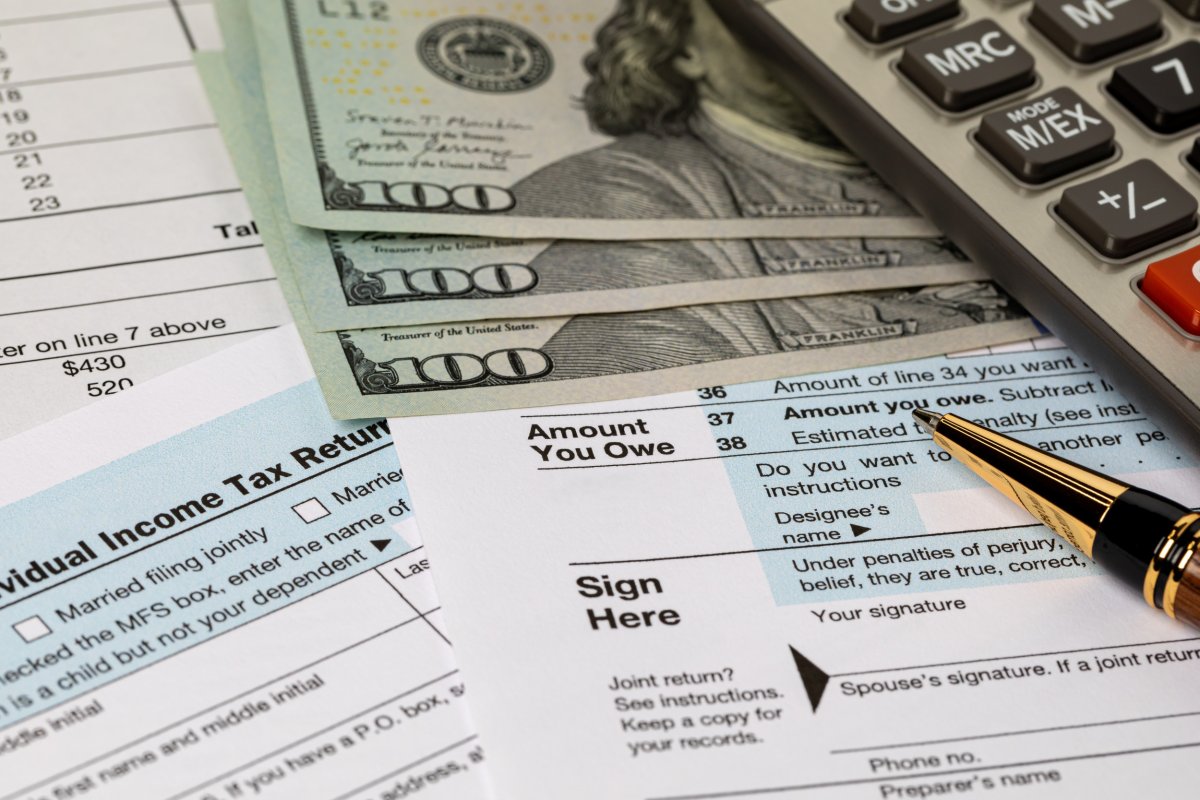Key Insights to Maximize Refunds and Minimize Tax Bills
Refundable vs. Nonrefundable Credits in Tax Credit Filings Explained
According to Fox 8, as the tax deadline nears the IRS advises Americans to be aware of tax credits that can lower their taxes or increase their refunds. Some tax credits can lead to refunds even if no taxes are due while others only reduce the tax owed. Many Americans miss important credits like the Earned Income Tax Credit (EITC) for low-income earners and the Child Tax Credit which can offer up to $2,000 per child, although not all of it may be refundable.
Understanding the difference between these tax credits is important. Refundable credits give you the full amount even if you don’t owe taxes. Nonrefundable tax credits only lower what you owe to the IRS. This can be confusing especially if you were expecting a big refund from a nonrefundable tax credit like the Residential Clean Energy Credit. It’s crucial to know which tax credits you qualify for to get the most out of your tax return.
READ ALSO: Over 2,900 Americans Already Moved – Check Out Cities Offering Cash And Homes To Attract New Residents

Millions Miss Out on Millions: Don’t Overlook Refundable Tax Credits Like EITC and Child Tax Credit Before April 15 Deadline – Claim It Now! (PHOTO: Innovature BPO)
Leveraging Lesser-Known Tax Credits for Maximum Benefit
Furthermore, many Americans don’t realize they can get big refunds from tax credits like the Earned Income Tax Credit (EITC) especially if they don’t make a lot of money. It’s important to know the difference between tax credits that give you money back even if you don’t owe taxes and those that only lower what you owe. This can avoid disappointment especially if you were expecting a big refund from a tax credit like the Residential Clean Energy Credit. By taking time to check out different tax credits and using help from the IRS you can get more money back and owe less in taxes making sure you get all the benefits you’re supposed to.

















































